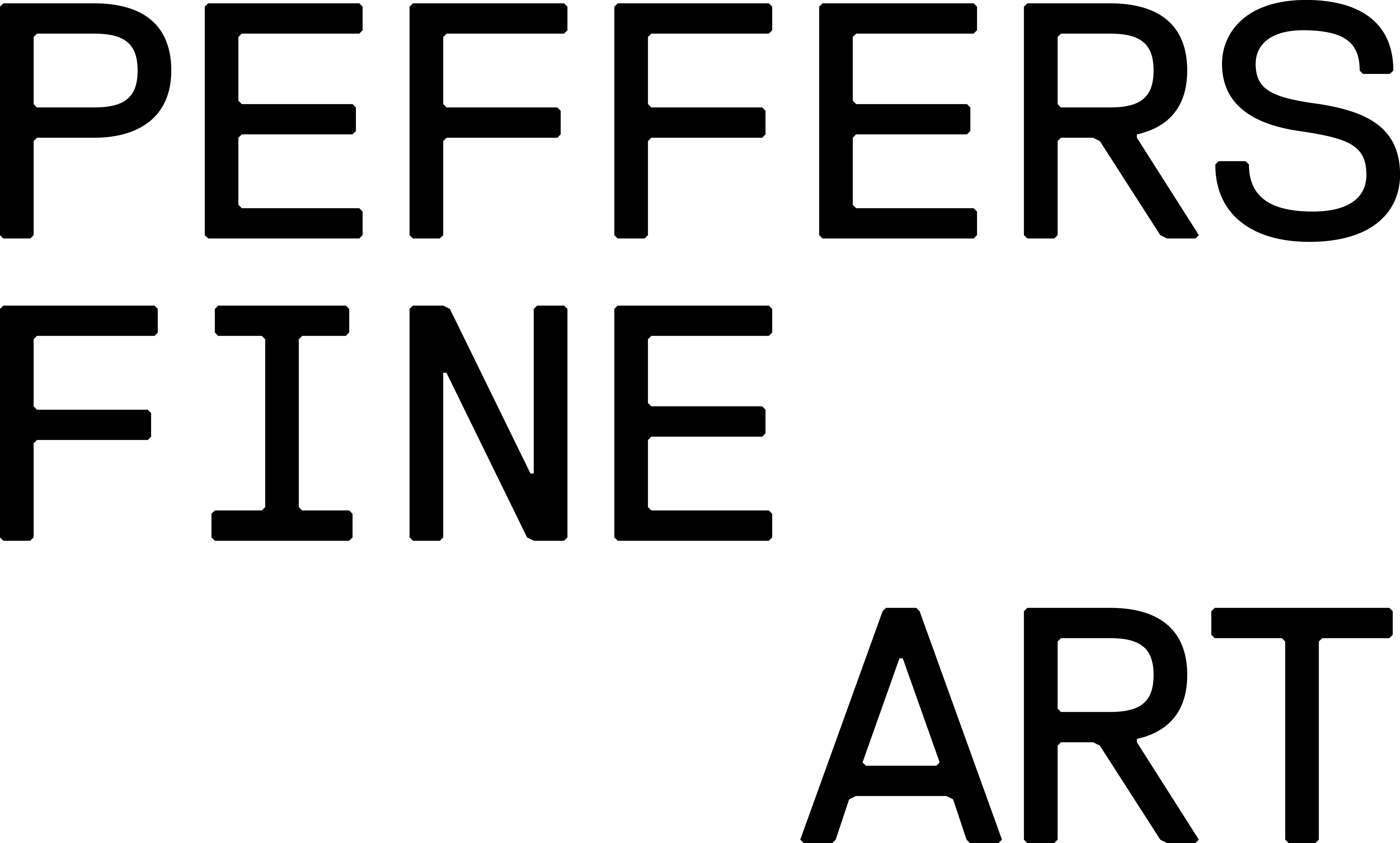Past
-

PAUL WEINBERG: Between the cracks
A career retrospective exhibition, Wits Art Museum, Johannesburg 13 May - 26 Jul 2025 Read more -

BACK O’ THE MOON: Photography from the 'fabulous age' of South African jazz
Presented in association with Journey to Jazz Festival, Prince Albert 1 - 4 May 2025 Peffers Fine Art is pleased to present Back o' the Moon, an exhibition that takes its name from the illicit Sophiatown shebeen where jazz giants such as Dolly Rathebe rubbed... Read more



